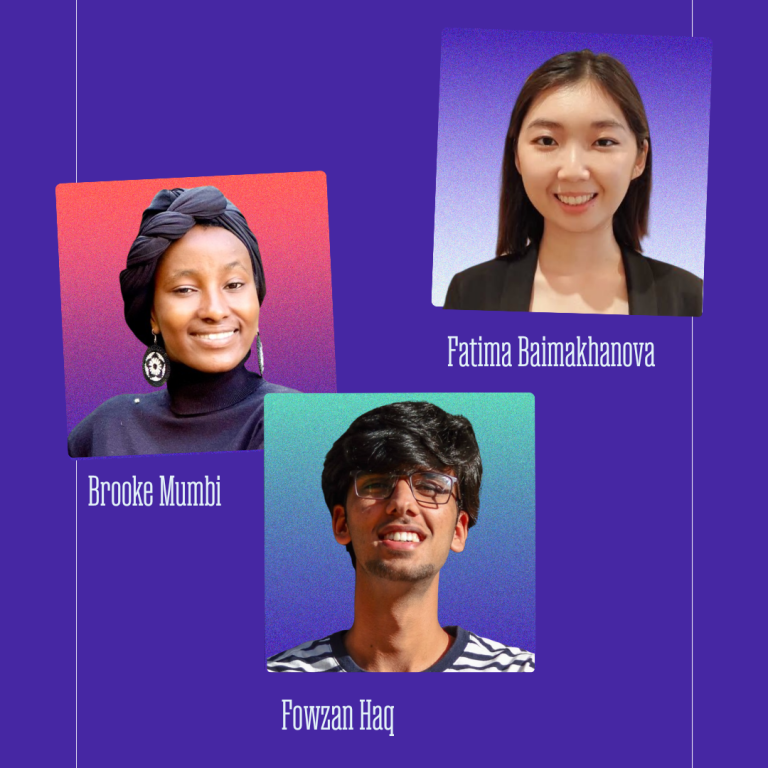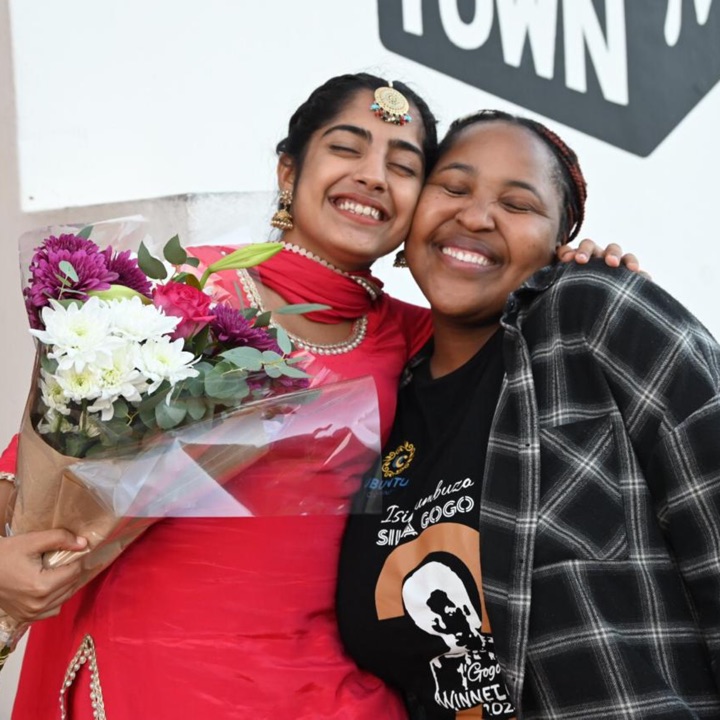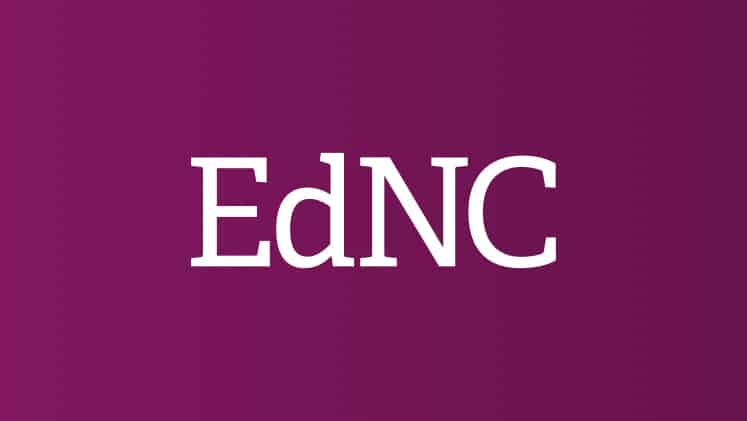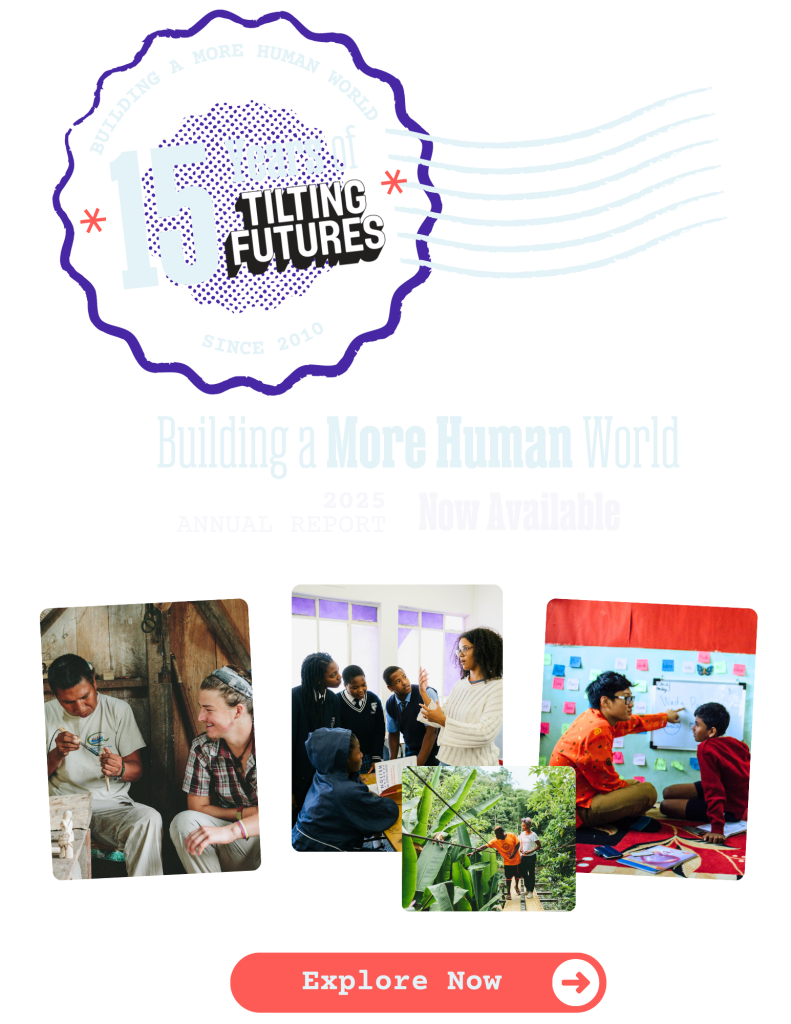By Sharon Noguchi
For 13 years, Isabel Garcia, of Redwood City, hit the books and was poised to become the first in her immigrant family to go to college.
Then instead she decided to spend a year in Brazil as an unpaid apprentice and was met with bewilderment.
“You’re in America, it’s perfect here, why do you want to leave?” one person asked. Others thought she was dismissing her parents’ sacrifices; some suggested she simply read about other countries online. Teachers at Woodside High told her not to waste her time and head to college.
But Garcia, 18, stuck to her plans and joined a growing number of high school graduates who are stepping — momentarily — off the college track for a different kind of life experience known as a “bridge year.”
“A lot of kids are in the pressure cooker that’s distorting the high-school experience,” said Abby Falik, founder and CEO of Global Citizen Year, the Oakland-based nonprofit that runs the Curitiba program. “This is taking a step off the treadmill to have an opportunity to see who they are.”
Garcia is spending the year living with a Brazilian family and working in marketing with a group helping teachers of the disabled, in the southern city of Curitiba. She’s among 100 teens immersed in the transformational, community-service program.
Hundreds of groups offer a rich menu — adventure, jobs, apprenticeships, volunteer work, travel — in structured programs between high school and college, also known as gap years.
“It’s good to go to college with a sense of purpose,” said Than Healy, head of school of Menlo School, who encourages bridge years if they offer financial aid and comprise mostly community service. “I’ve never met a kid who’s gone and hasn’t said ‘this is the best thing I’ve done in my life.'”Š”
But it’s a hard sell. Five or fewer of Menlo’s 142 annual graduates do a bridge year, he said.
The competitive Fremont Union High School District’s website lists advantages of gap years but also warns that it may be more difficult to apply to college from abroad without counselors nearby. And it notes that teachers, who are needed for recommendations, “may forget who you are.”
Another large disincentive is the price tag. Gap-year programs range from $5,000 to more than $50,000 annually, approaching the annual cost of a private college. Global Citizen Year is $30,000, although 80 percent of its fellows receive financial aid, including 30 percent like Garcia who get a full ride.
Nationwide, from 5,000 to 10,000 students are participating in an organized bridge-year program, said Ethan Knight, executive director of American Gap Association. While small, the number has grown 20 percent in each of the past five years, he said. The group, which seeks to ensure program quality, has accredited 10 programs, with 20 more in the works.
Increasingly, colleges welcome students who defer their freshman year for a bridge-year break. Tufts University near Boston, seeking to make gap years more accessible, offers credit and financial aid. Florida State University offers a $5,000 scholarship.
But California’s public universities aren’t so welcoming. Last year Garcia applied and was accepted to UC and CSU campuses, which then refused to defer her entrance a year. So this fall, she applied all over again.
But venturing down an alternate path is worthwhile, students say.
“It made a huge difference in my life,” said Jacob Stern, of Palo Alto, who worked at a health center and in microfinance in a small city in Ecuador.
When he looks back on his nine months with Global Citizen Year, what springs to mind isn’t the wild episodes or rough patches — killing a pig, taking a heart-stopping car ride into the countryside or suffering through periodic intestinal illnesses.
Instead, it’s the ah-ha moments, like realizing that his host family’s 10-year-old son knew the price of every single item in the corner store, and had an astonishing familiarity with microeconomics and an awareness of what the family of nine could, and could, not afford.
Stern, 22, a Brown University senior majoring in economics, now hopes to work in business and have a social impact.
For Ananda Day, 24, of San Francisco, six months in a Senegalese village also was transformational.
“It’s complete language isolation, being somewhere where you have the vocabulary of a 2-year-old,” said Day, a member of Global Citizen Year’s inaugural class in 2009-10. She worked in ecotourism and learned French, Creole and Wolof, the most common language in Senegal.
“The moment I could crack a joke in Wolof,” she said, “changed the way I interacted with people.”
She went on to graduate from the University of North Carolina and now works at a Redwood City startup. Recalling how ingenious entrepreneurs selling wares on the streets improved lives, she’s interested in lowering the costs of product development in developing nations.
That’s precisely the kind of outcome Global Citizen Year seeks. “America needs a new type of global leader,” said Falik, who has been named an Ashoka Fellow, a Harvard Social Enterprise Fellow and received other honors.
Garcia is in the midst of a life change. She’s still struggling with Portuguese, even though she thought the Spanish she learned from her Mexican-born parents would help. She’s also learning to manage money. And she just met her first shorts-wearing, beardless Santa Claus.
Despite ups and downs in her bridge year, she said, “I don’t regret it at all.”




